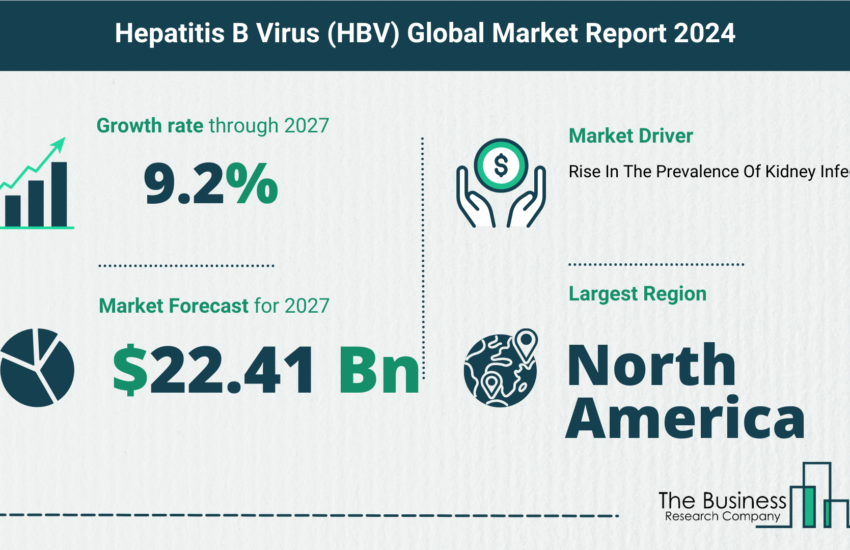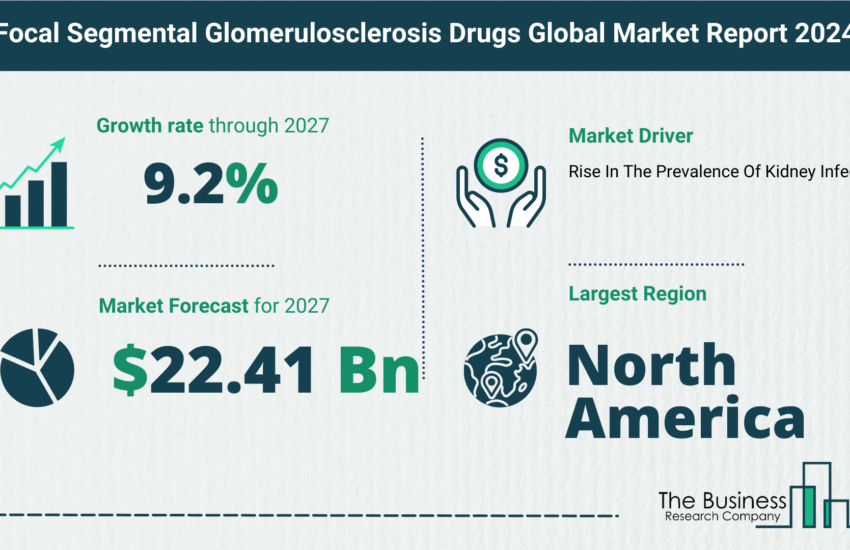Global Hematology Drugs Market Report 2021 – Opportunities And Strategies, Market Forecast And Trends
The Global Hematology Drugs Market Report by The Business Research Company covers hematology drugs market drivers and restraints, hematology drugs market size, major players, and the impact of COVID-19 on the hematology drugs market.
The hematology drugs market consists of sales of hematology drugs and related services by entities (organizations, sole traders and partnerships) that produce hematology drugs to treat diseases such as genetic disorders, anemia, and other related diseases. This industry includes establishments that produce blood products such as red blood cells, white blood cells, platelets, and fresh frozen plasma. It also consists of establishments which produce of anemia and other blood disorder drugs to treat anemia, hemophilia and blood clots
The hematology drugs market growth is aided by stable economic growth forecasted in many developed and developing countries. The global hematology drugs market is expected to grow from $78.83 billion in 2020 to $82.57 billion in 2021 at a compound annual growth rate (CAGR) of 4.7%. The growth is mainly due to the companies rearranging their operations and recovering from the COVID-19 impact, which had earlier led to restrictive containment measures involving social distancing, remote working, and the closure of commercial activities that resulted in operational challenges. The market is expected to reach $119.92 billion in 2025 at a CAGR of 10%.
Request A Sample For The Global Hematology Drugs Market Report:
https://www.thebusinessresearchcompany.com/sample.aspx?id=2137&type=smp
Some hematology drugs market trends include tranexamic acid being used to prevent postpartum hemorrhage (blood loss of over 500 ml or 1,000 ml within 24 hours of childbirth) due to its low price and wide availability. Tranexamic acid is an antifibrinolytic drug that helps in reducing bleeding in surgical and trauma patients, including women with postpartum hemorrhage.
Global hematology drugs market segments include:
1) By Type: Blood Products, Anemia And Other Blood Disorder Drugs.
2) By Distribution Channel: Hospital Pharmacies, Retail Pharmacies/ Drug Stores, Others.
3) By Route Of Administration: Oral, Parenteral, Others.
4) By Drug Classification: Branded Drugs, Generic Drugs.
5) By Mode Of Purchase: Prescription-Based Drugs, Over-The-Counter Drugs.
By Geography: The market is segmented into North America, South America, Asia-Pacific, Eastern Europe, Western Europe, Middle East and Africa.
Among these regions, Asia Pacific is the largest region in the global hematology drugs market, accounting for 36% of the market.
Read More On The Hematology Drugs Global Market Report 2021: COVID-19 Impact and Recovery to 2030 At:
https://www.thebusinessresearchcompany.com/report/hematology-drugs-global-market-report-2020-30-covid-19-impact-and-recovery
The Hematology Drugs Global Market Report 2021: COVID-19 Impact and Recovery to 2030 is one of a series of new reports from The Business Research Company that provides hematology drugs market overviews, analyzes and forecasts market size, share, hematology drugs market players, hematology drugs market segments and geographies, market’s leading competitors’ revenues, profiles and market shares.
The hematology drugs market report identifies top countries and segments for opportunities and strategies based on market trends and leading competitors’ approaches.
Where To Learn More:
Read Hematology Drugs Global Market Report 2021: COVID-19 Impact and Recovery to 2030 from The Business Research Company for information on the following:
Data Segmentations: Market Size, Global, By Region And By Country, Historic And Forecast Size, And Growth Rates For The World, 7 Regions And 12 Countries.
Market Players Covered: Novo Nordisk A/S, Shire Plc, Bayer AG, Daiichi Sankyo Company, Biogen Inc.
Regions: Asia-Pacific, China, Western Europe, Eastern Europe, North America, USA, South America, Middle East and Africa.
Countries: Australia, Brazil, China, France, Germany, India, Indonesia, Japan, Russia, South Korea, UK, USA.
Time Series: Five years historic (2015-20) and ten years forecast (2021-2025-2030)
Other Information And Analyses: SWOT analysis, customer information, market product/service analysis – product examples, trends and opportunities, drivers and restraints, key mergers and acquisitions, suggested trend based strategies, impact of COVID-19 on the market, future outlook and potential analysis, key metrics covered: number of enterprises, number of employees, global market in 2021 – countries offering most new opportunities, conclusions and recommendations by expert analysts.
Sourcing And Referencing: Data and analysis throughout the report are sourced using end notes.
Strategies For Participants In The Hematology Drugs Industry: The report explains a number of strategies for companies in the market, based on industry trends and company analysis.
Opportunities For Companies In The Hematology Drugs Sector: The report reveals where the global industry will put on most $ sales up to 2023.
Interested to know more about The Business Research Company?
The Business Research Company has published over 1000 industry reports, covering over 2500 market segments and 60 geographies. The reports draw on 150,000 datasets, extensive secondary research, and exclusive insights from interviews with industry leaders. The reports are updated with a detailed analysis of the impact of COVID-19 on various markets.
Read more about us at https://www.thebusinessresearchcompany.com/about-the-business-research-company.aspx
Here is a list of reports from The Business Research Company similar to the Hematology Drugs Global Market Report 2021:
Hematology Analyzers And Reagents Global Market Report 2021: COVID-19 Growth And Change To 2030
Blood And Blood Components Global Market Report 2021: COVID-19 Growth And Change To 2030



